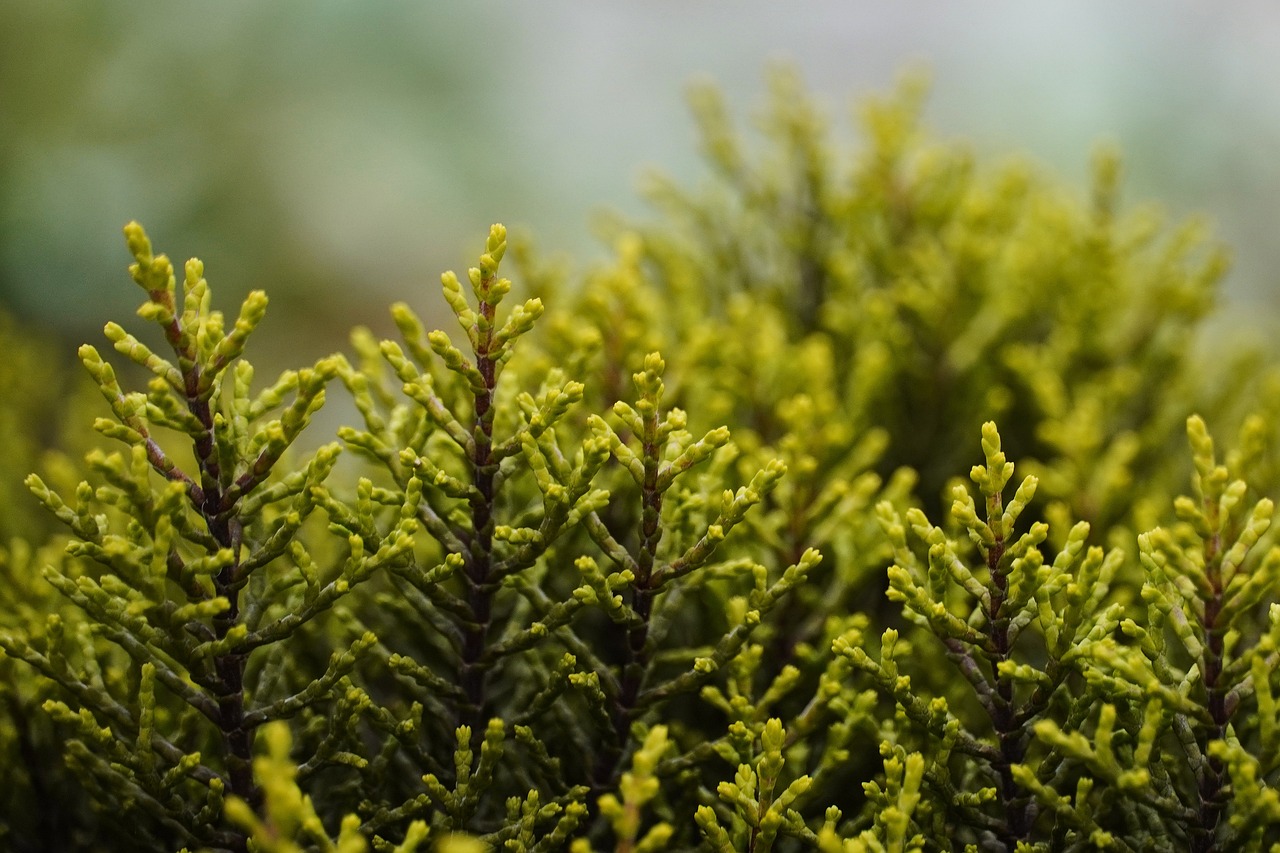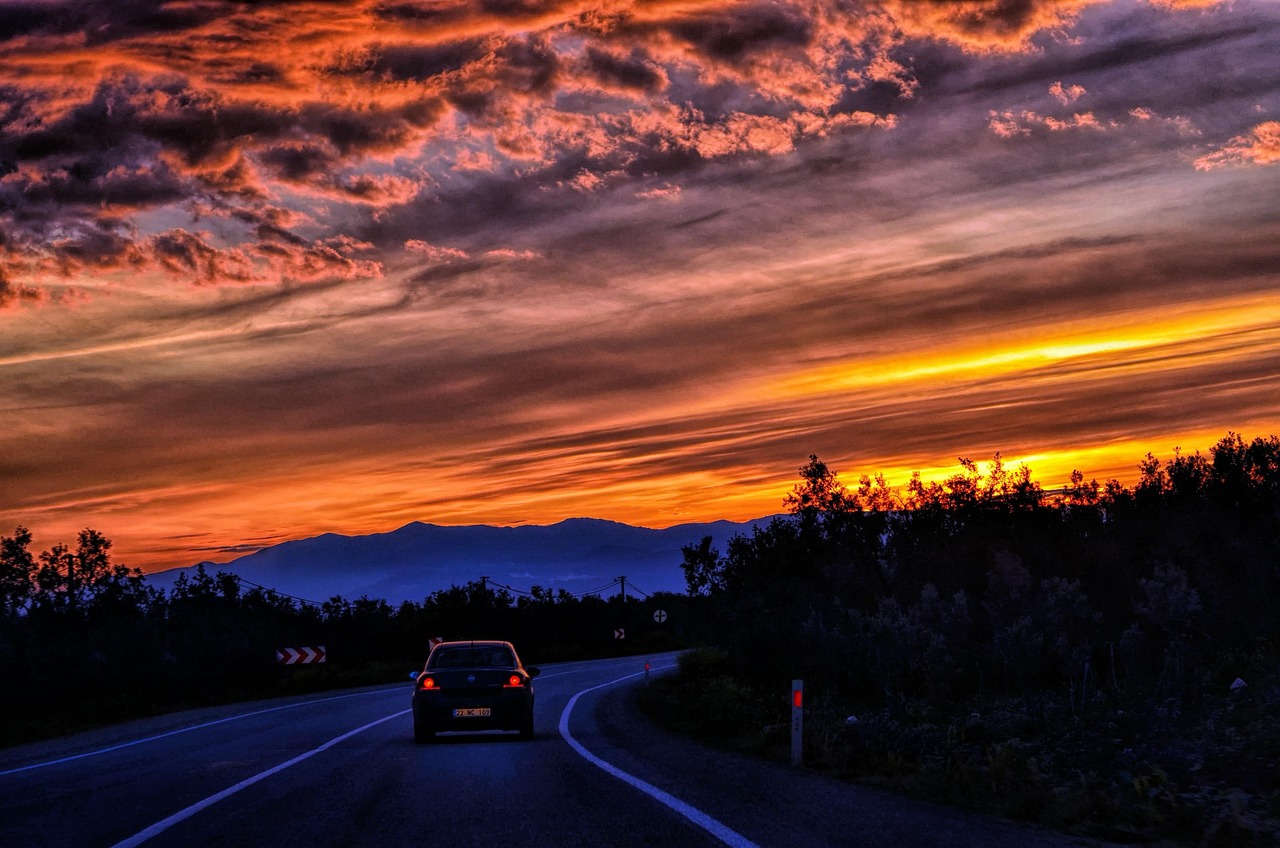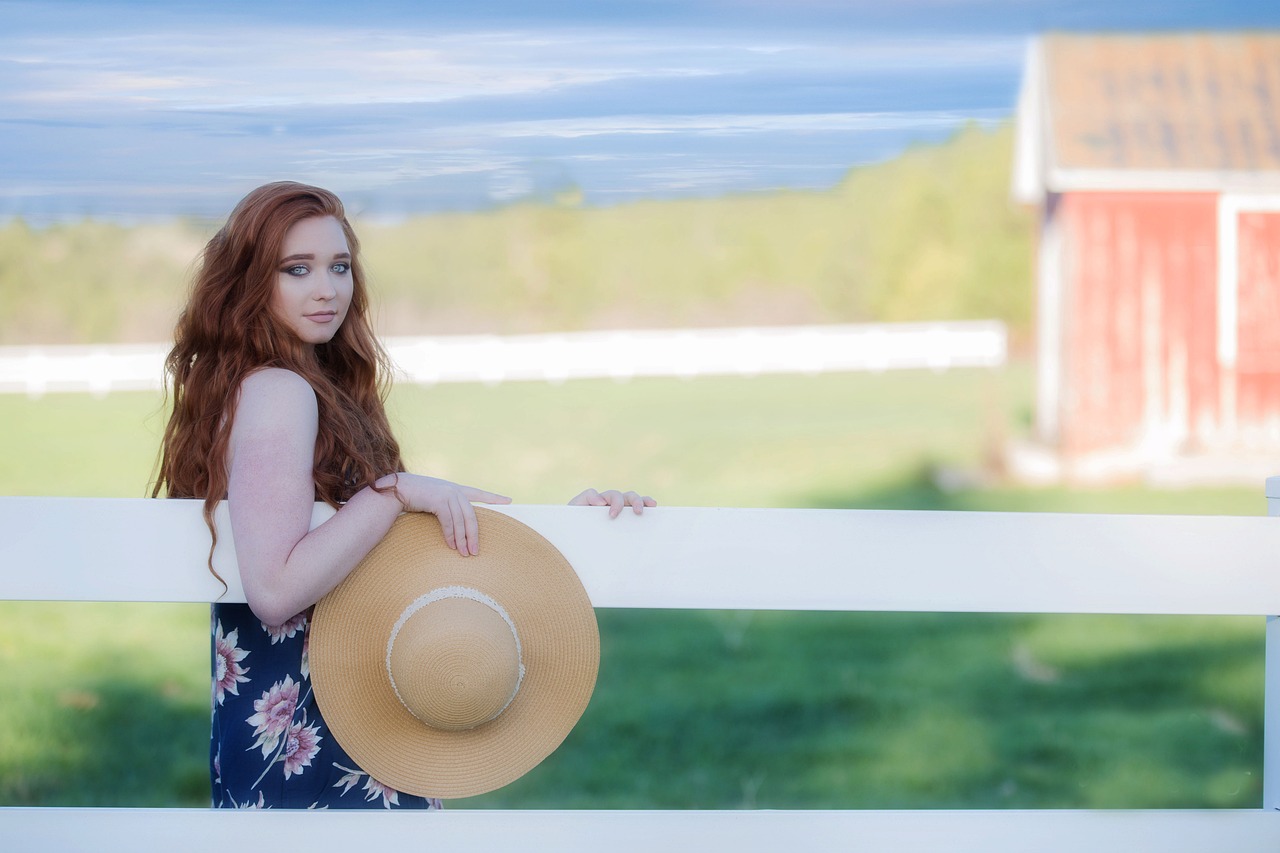When it comes to enhancing your yard’s beauty, shrubs with stunning red leaves can make a bold statement. These plants not only add vibrant color but also provide year-round visual interest.
Choosing the right shrubs can transform your landscape into a stunning display of nature’s beauty. Red leaves are particularly eye-catching during the fall, but many varieties maintain their striking hue throughout the growing season. Understanding which shrubs thrive in your area is essential for creating a lively garden.

In addition to their aesthetic appeal, red-leaved shrubs can also serve functional purposes. They can act as natural privacy screens, windbreaks, or even as focal points in your garden design. With a range of sizes and growth habits available, there is a perfect shrub for every garden layout.
Popular Shrubs with Red Leaves
Below are some of the most popular shrubs that feature stunning red foliage. These choices are known for their beauty and adaptability in various garden settings.
| Shrub Name | Height | Sunlight Requirements | USDA Hardiness Zone |
|---|---|---|---|
| Japanese Maple (Acer palmatum) | 10-15 feet | Partial shade to full sun | 5-8 |
| Barberry (Berberis thunbergii) | 3-6 feet | Full sun | 4-8 |
| Red Twig Dogwood (Cornus sericea) | 6-9 feet | Full sun to partial shade | 3-7 |
| Sumac (Rhus spp.) | 6-15 feet | Full sun | 3-9 |
| Ninebark (Physocarpus opulifolius) | 5-10 feet | Full sun to partial shade | 3-7 |
Each of these shrubs offers unique characteristics and benefits. For example, Japanese Maples are celebrated for their delicate, lacy leaves that turn an intense crimson in the fall. Barberry shrubs are not only beautiful but also provide excellent wildlife habitat. Meanwhile, the striking red stems of Red Twig Dogwood create visual interest even in winter.
When selecting red-leaved shrubs for your yard, consider factors such as soil type, moisture levels, and sunlight exposure. Proper placement will ensure that these plants thrive and showcase their vibrant foliage effectively.
As you plan your garden, think about combining these shrubs with other plants that complement their colors and textures. For instance, pairing red-leaved varieties with evergreen plants can create a stunning contrast throughout the seasons.
The addition of red-leaved shrubs can elevate your garden’s design, providing both beauty and functionality. Whether you prefer compact varieties for smaller spaces or larger shrubs for dramatic effect, there is a perfect option to suit your landscape needs.
Caring for Red-Leaved Shrubs
Once you have selected the perfect red-leaved shrubs for your yard, proper care is essential to ensure they thrive. Understanding their specific needs will help maintain their vibrant foliage and overall health.
Watering Requirements
Watering is a critical aspect of shrub care. While different species may have varying needs, here are some general guidelines:
- Water newly planted shrubs deeply to help establish their root systems.
- Monitor soil moisture regularly. Shrubs typically prefer consistent moisture without becoming waterlogged.
- Adjust watering frequency based on weather conditions. Hot, dry spells may require more frequent watering.
Soil Conditions
The soil quality can significantly impact the health of your shrubs. Most red-leaved varieties thrive in well-draining soil rich in organic matter. Here are some tips for improving soil conditions:
- Test your soil pH. Most shrubs prefer a slightly acidic to neutral pH (6.0 to 7.0).
- Amend the soil with compost or aged manure to increase fertility and enhance drainage.
- If your soil is heavy clay, consider raised beds to improve drainage.
Fertilization Tips
Fertilizing your red-leaved shrubs can support healthy growth and vibrant color. Consider the following:
- Apply a balanced fertilizer in early spring as new growth begins.
- Follow the manufacturer’s instructions for application rates to avoid over-fertilization.
- Consider using slow-release fertilizers for a longer-lasting effect.
Pest and Disease Management

Like all plants, red-leaved shrubs can be susceptible to pests and diseases. Regular monitoring can help catch issues early. Here are some common pests and diseases to watch for:
- Aphids: These tiny insects can cluster on new growth. Use insecticidal soap or neem oil to control infestations.
- Spider Mites: Look for fine webbing on leaves. Increase humidity around the plant or use miticides as necessary.
- Powdery Mildew: This fungal disease appears as a white coating on leaves. Ensure good air circulation and avoid overhead watering to minimize risk.
Designing with Red-Leaved Shrubs

Incorporating red-leaved shrubs into your garden design requires creativity and planning. Here are some design ideas to make the most of these stunning plants:
- Color Contrasts: Pair red-leaved shrubs with green or silver foliage for a striking contrast.
- Seasonal Interest: Combine them with flowering shrubs to provide color throughout the year.
- Layering: Use taller red-leaved shrubs at the back of borders and shorter varieties in front for depth.
By thoughtfully considering their care and design integration, red-leaved shrubs can become standout features in your landscape, enhancing its beauty and vibrancy throughout the seasons.

Popular Varieties of Red-Leaved Shrubs
As you explore options for red-leaved shrubs, several varieties stand out for their unique characteristics and stunning foliage. Understanding these popular varieties can help you make an informed choice for your garden.
1. Japanese Maple (Acer palmatum)
Japanese Maples are highly sought after for their striking foliage and elegant form. Their leaves can range in color from deep red to bright crimson, providing a brilliant display in the fall. This shrub typically grows between 10 to 15 feet tall and prefers partial shade.
- Key Features: Delicate leaf shapes, vibrant autumn colors.
- Best Uses: Specimen planting, small gardens, and bonsai.
2. Barberry (Berberis thunbergii)
Barberry shrubs are known for their thorny branches and colorful foliage. Many varieties exhibit bright red leaves during the growing season, adding a pop of color to any landscape. They are hardy and drought-resistant, making them an excellent choice for low-maintenance gardens.
- Key Features: Dense growth, colorful berries.
- Best Uses: Hedge planting, border design, and wildlife gardens.
3. Red Twig Dogwood (Cornus sericea)
The Red Twig Dogwood is famous for its striking red stems, which provide visual interest throughout the year. During the summer, its leaves are a rich green, but they take on a beautiful red hue in the fall. This shrub thrives in wet conditions and is often used in water gardens.
- Key Features: Bright red stems, white flowers in spring.
- Best Uses: Winter interest, erosion control, and mass plantings.
4. Sumac (Rhus spp.)
Sumac is a versatile shrub that offers stunning fall color. Its leaves turn brilliant shades of red and orange, making it a favorite among gardeners looking to add seasonal interest. This shrub grows quickly and can reach heights of up to 15 feet.
- Key Features: Tolerant of poor soils, attracts wildlife.
- Best Uses: Naturalized areas, informal hedges, and backdrop plantings.
Creating a Cohesive Landscape Design
Incorporating red-leaved shrubs into your landscape can enhance its overall design. Here are some strategies to create a cohesive look:
Color Harmony
Selecting plants that complement each other in color can elevate your garden’s aesthetic appeal. Consider the following:
- Complementary Colors: Pair red-leaved shrubs with plants that have blue or yellow flowers for a striking contrast.
- Monochromatic Schemes: Use different shades of red and burgundy for a more subtle yet sophisticated appearance.
Textural Variation
In addition to color, varying the textures of plants can create visual interest. Mixing broadleaf shrubs with fine-textured grasses or spiky perennials can create a dynamic garden space. Consider these options:
- Broadleaf Plants: Combine red-leaved shrubs with wider-leaved varieties for contrast.
- Ornamental Grasses: Use grasses to add movement and softness to your design.
By thoughtfully selecting and arranging red-leaved shrubs alongside other plants, you can create a vibrant and visually appealing landscape that showcases the beauty of nature throughout the year.
Seasonal Considerations for Red-Leaved Shrubs
Understanding the seasonal changes of red-leaved shrubs can enhance your garden’s appeal throughout the year. Each season brings unique attributes and maintenance requirements, which can help in planning your landscape effectively.
Spring Awakening
In spring, red-leaved shrubs begin to emerge from dormancy. This is the ideal time for pruning and fertilizing to encourage robust growth. Observing new leaf development can also guide you in assessing their health. Look for:
- New Growth: Healthy shrubs will show fresh shoots and vibrant leaves.
- Pruning Needs: Remove any dead or damaged branches to promote better air circulation.
Summer Vibrancy
Summer is when red-leaved shrubs are in full bloom, showcasing their vivid colors. During this time, it’s essential to:
- Maintain Watering: Ensure that shrubs receive adequate moisture, especially during hot spells.
- Monitor Pests: Keep an eye out for common pests that may affect the foliage.
Autumn Splendor
As autumn arrives, many red-leaved shrubs reach their peak vibrancy. The changing colors can create a stunning backdrop for your yard. This season is also an excellent time to:
- Prepare for Winter: Mulch around the base of shrubs to protect roots from freezing temperatures.
- Enjoy Seasonal Decor: Use the vibrant colors in autumn displays and harvest-themed decorations.
Winter Resilience
In winter, while many plants go dormant, red-leaved shrubs like the Red Twig Dogwood provide striking visual interest with their colorful stems. During this time, consider:
- Protection from Harsh Conditions: Wrap sensitive shrubs or provide windbreaks to shield them from harsh weather.
- Planning for Spring: Assess the layout and health of your garden to prepare for spring planting.
Final Thoughts
Integrating red-leaved shrubs into your yard can significantly enhance its beauty and vibrancy. These plants offer more than just stunning foliage; they provide structure, seasonal interest, and functional benefits such as privacy and wildlife habitat.
By understanding their care requirements, selecting appropriate varieties, and considering seasonal dynamics, you can create a lush and inviting garden space. The versatility of these shrubs allows for creative design possibilities, making them suitable for various landscaping styles.
Whether you seek to create a dramatic focal point or a serene retreat, red-leaved shrubs are sure to bring warmth and elegance to your landscape. With careful planning and attention, you can enjoy their beauty and benefits for many years to come.
